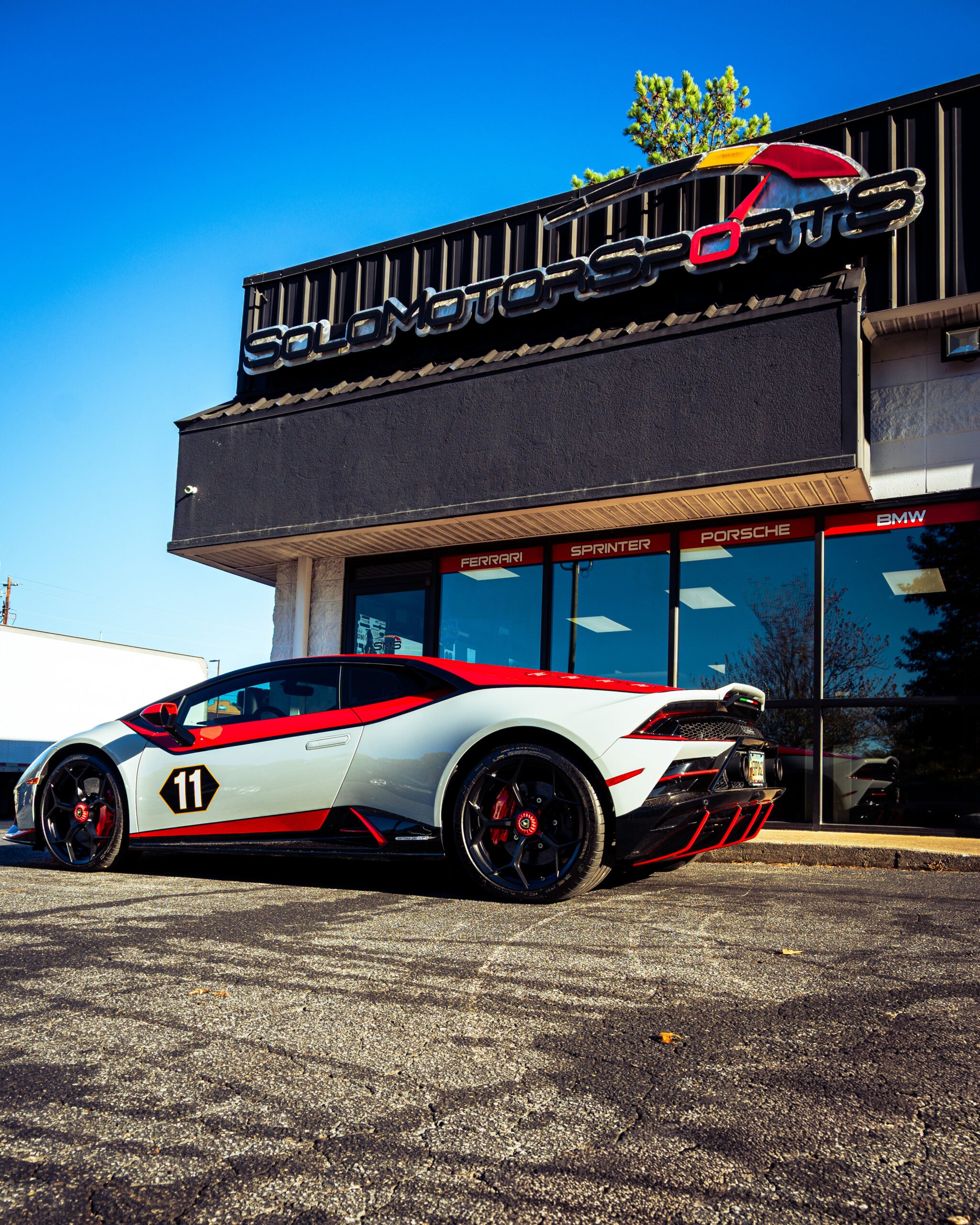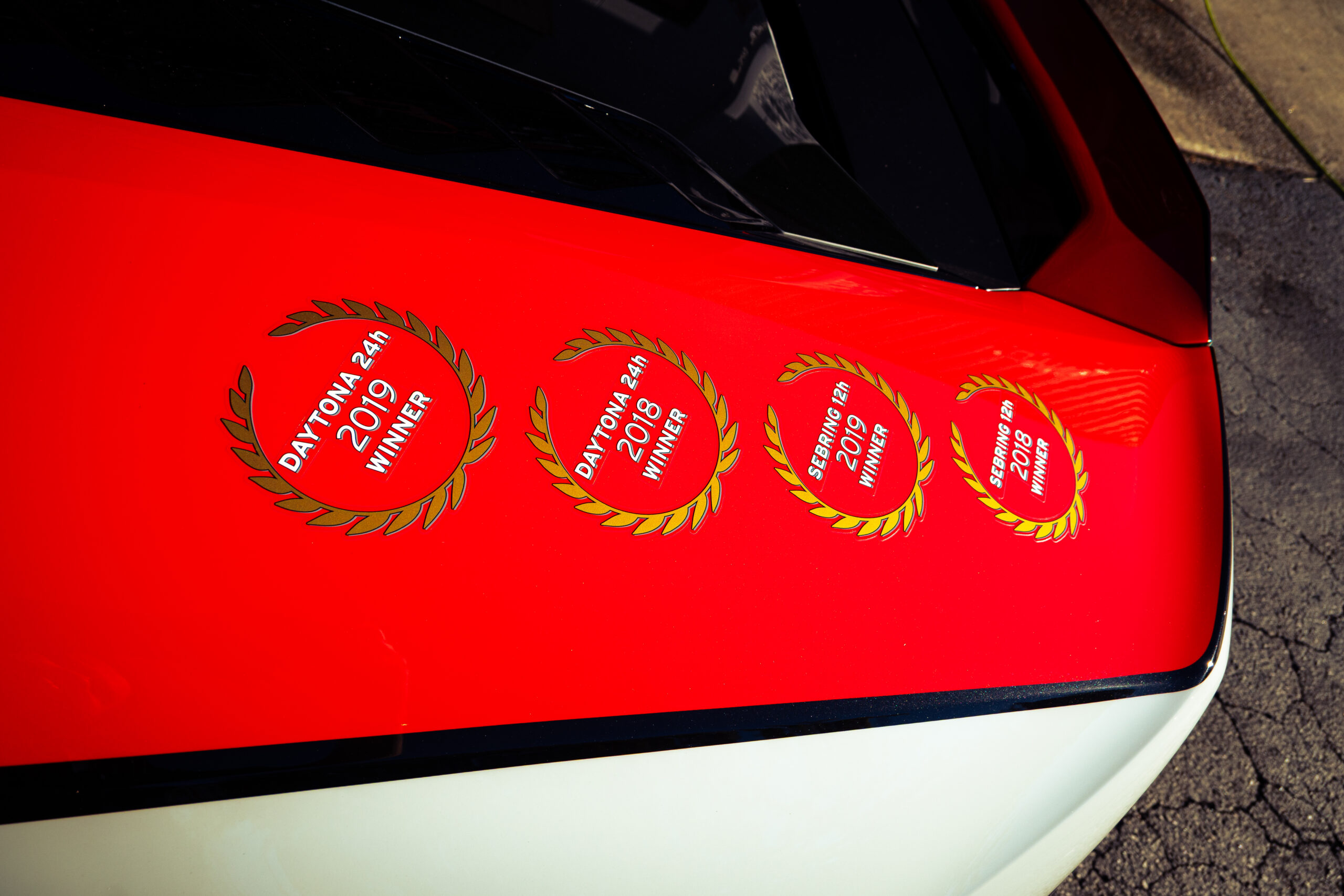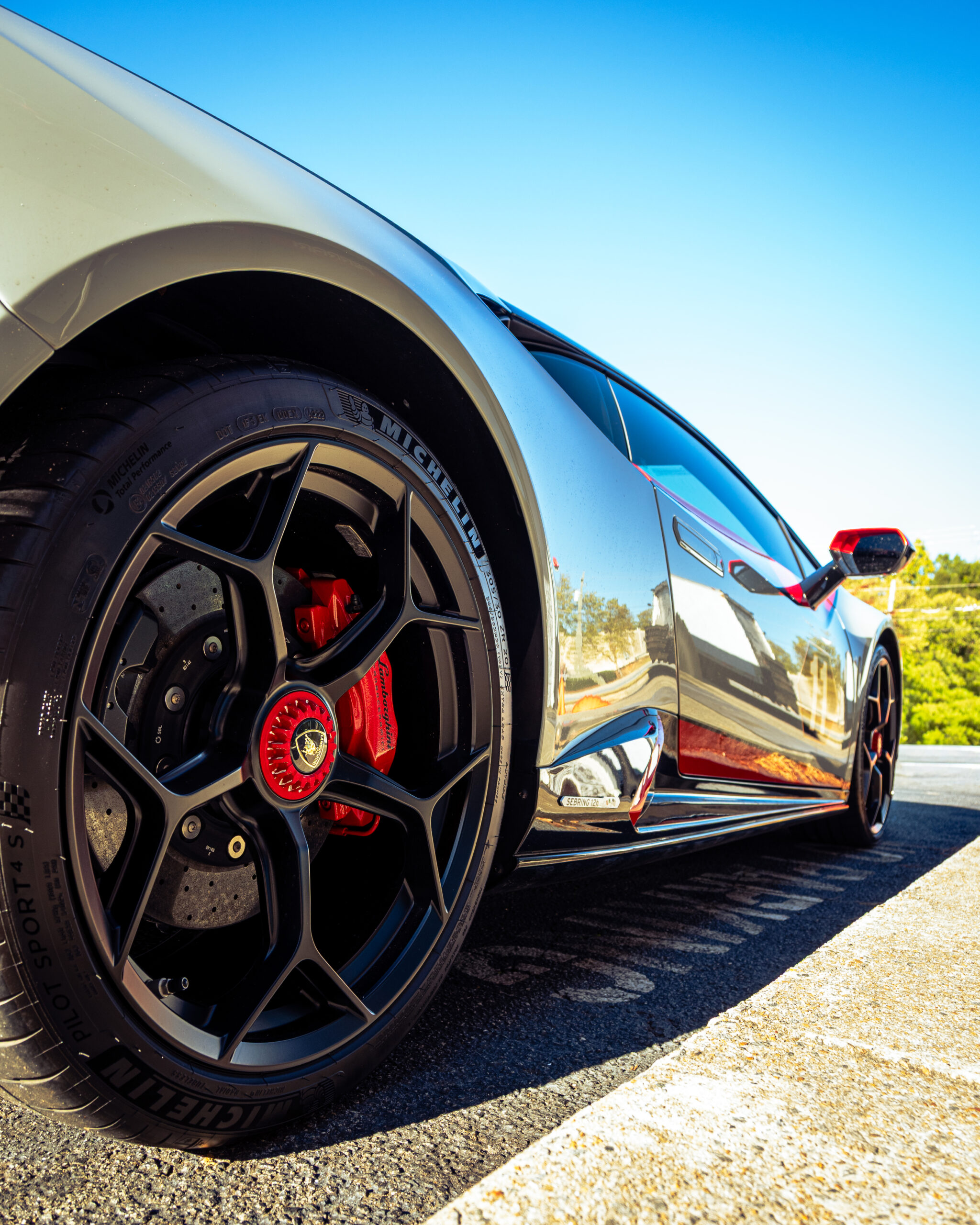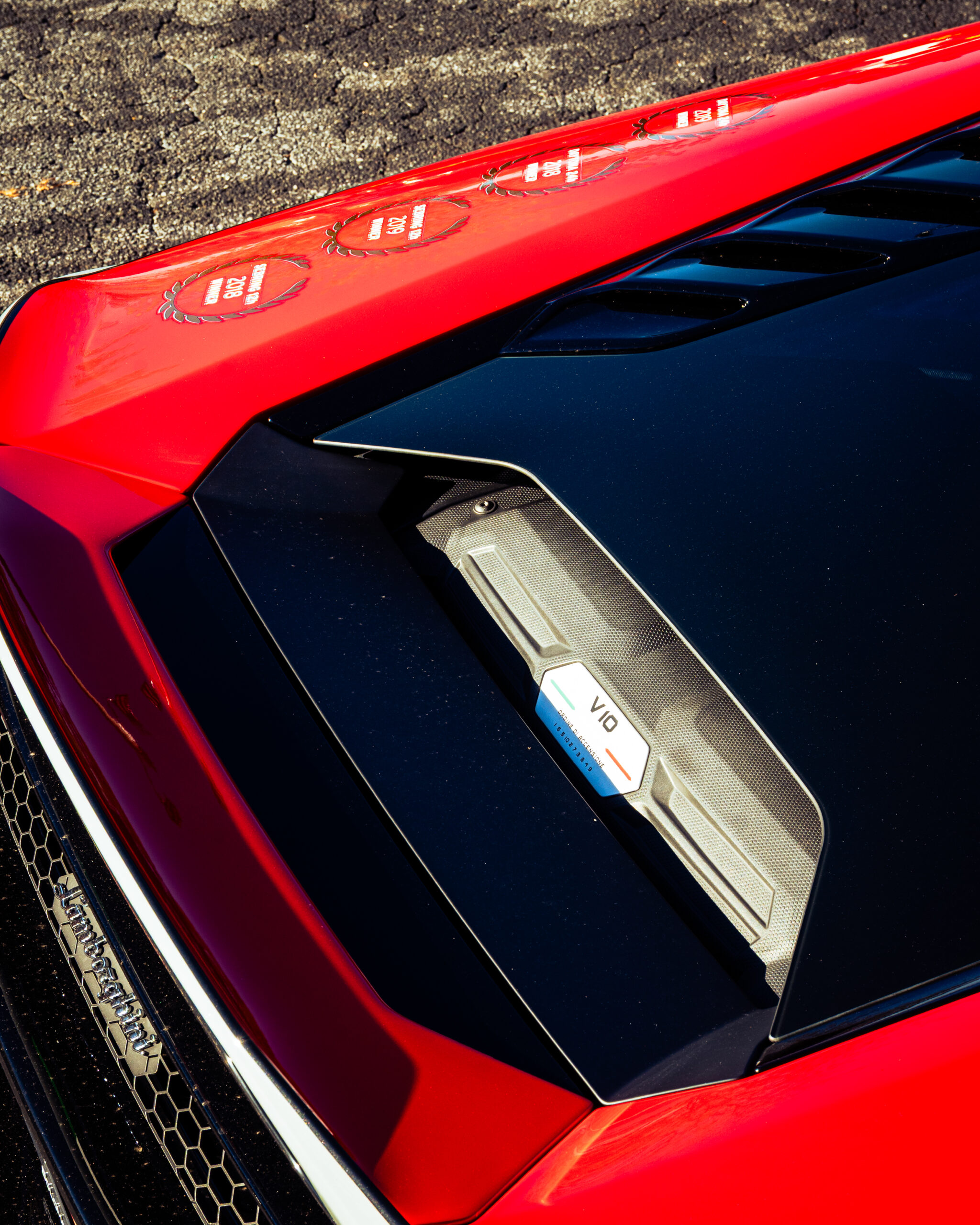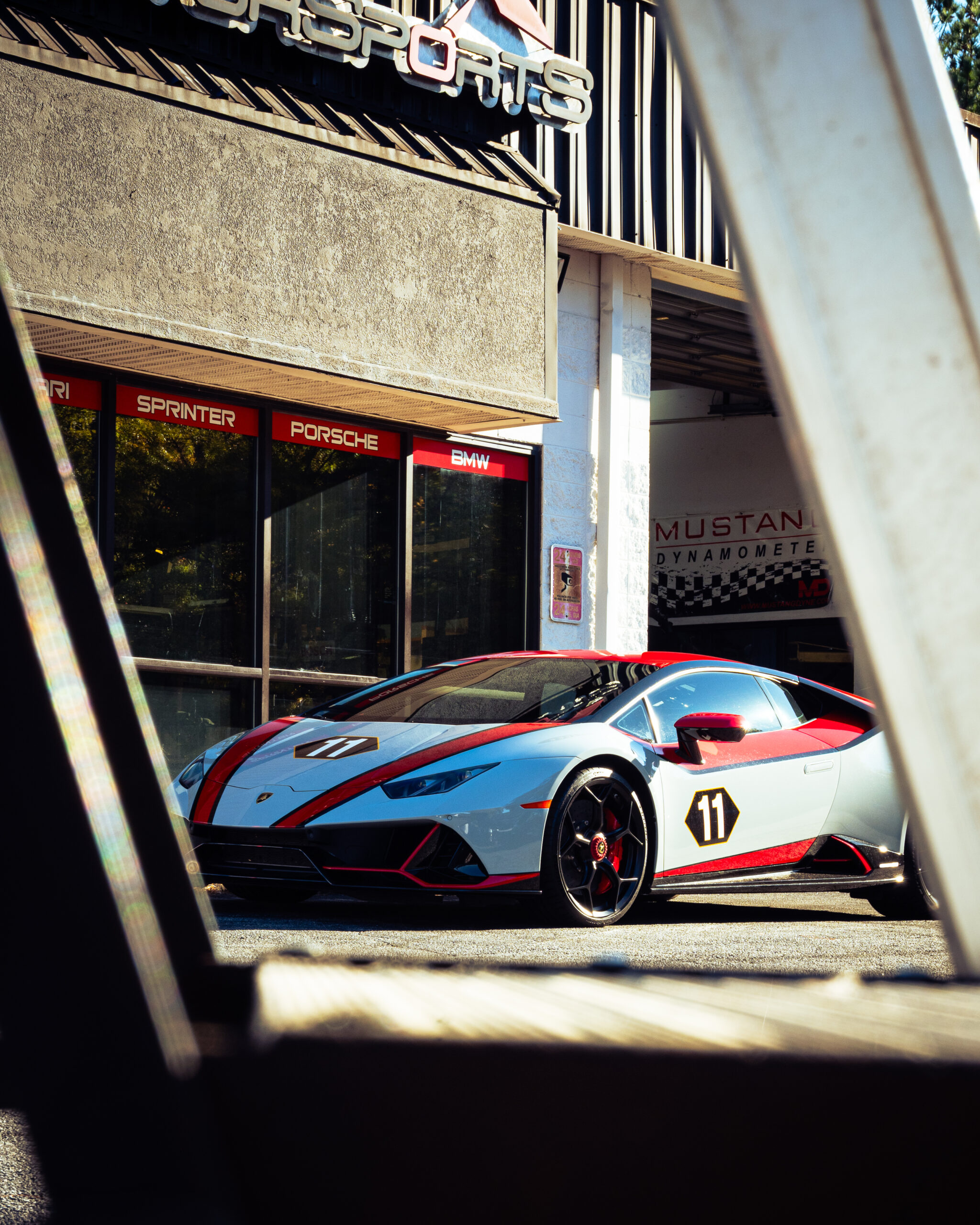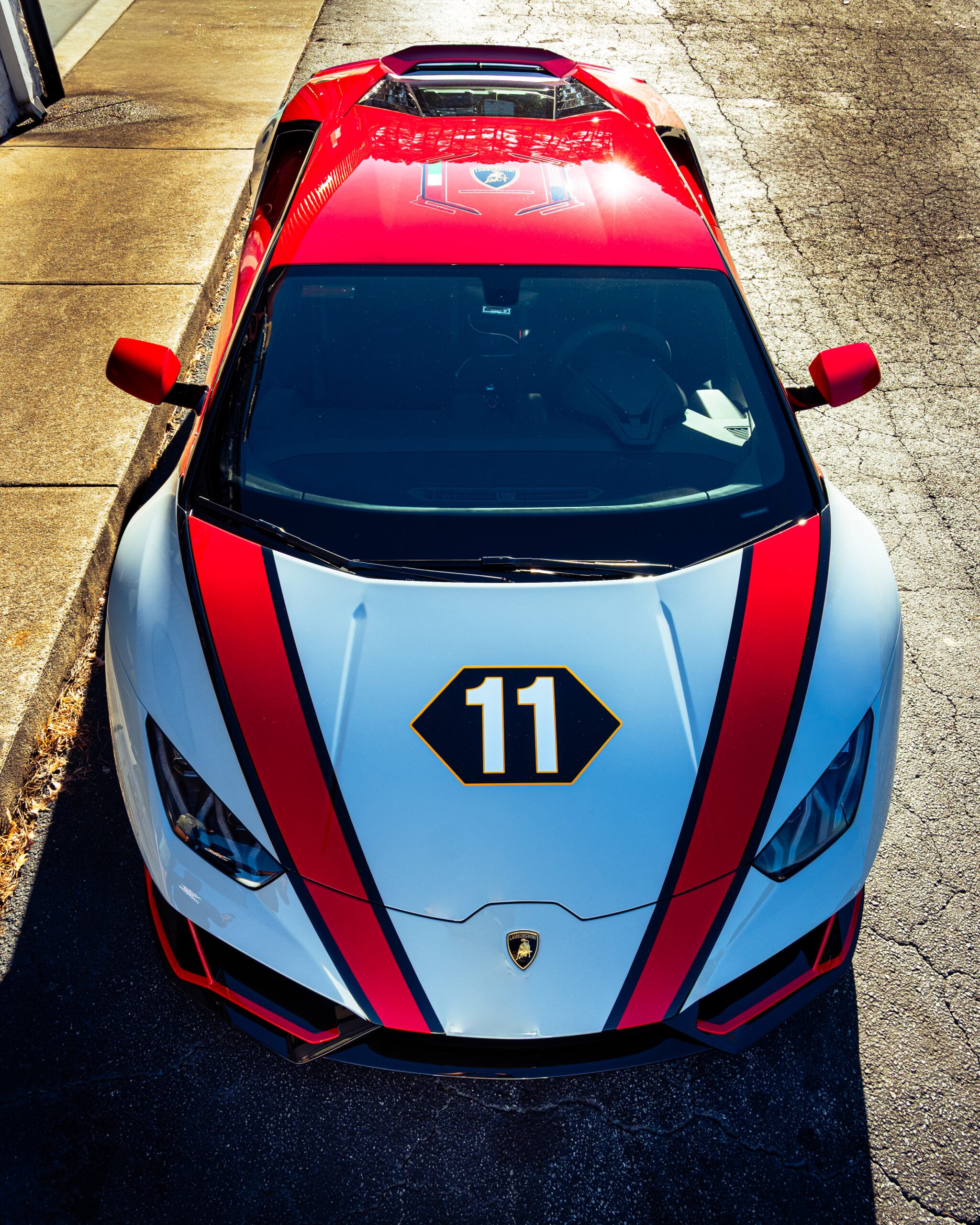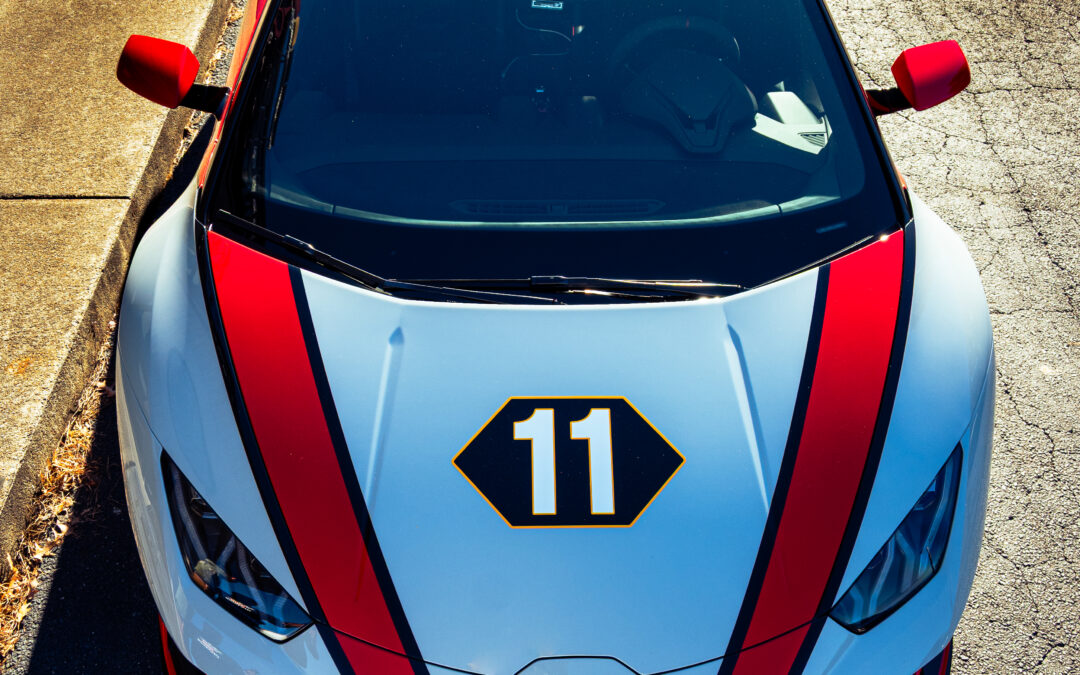The History:
Sebring, Florida, isn’t known for much – except for its legendary racetrack, the Sebring International Raceway. Built on a decommissioned World War II Army Airfield, the racetrack’s layout was inspired by European Grand Prix circuits. The first 6-hour endurance race was held on New Year’s Eve in 1950, and just over a year later, the first 12-Hour race took place.
For 75 Years, Sebring has been the ultimate test of Endurance. Teams from around the world bring their best cars to battle Florida’s intense heat, unpredictable weather, and the track’s famously rough and bumpy pavement – all in preparation for one of the toughest races on Earth: The 24 Hours of Le Mans in France.
Florida actually hosts two of the most important endurance races in the world. The other one is the 24 Hours of Daytona, held at Daytona International Speedway – The same track that hosts NASCAR’s Daytona 500. The first Daytona endurance race started as a 3-hour event in 1962, but by 1966 had expanded into a full 24-hour race to match Le Mans. That first 24-hour race was won by Ken Miles and Lloyd Ruby driving a Ford GT40 – Yes, the same win you probably remember from the movie Ford V Ferrari.
The Reason:
Together, the Daytona 24, the 12 Hours of Sebring, and the 24 Hours of Le Mans make up what fans call the Triple Crown of Endurance Racing. Daytona and Sebring kick off the North American Endurance Season while Le Mans stands as the Ultimate Global Challenge.
Winning any one of these races is an achievement – but winning both Daytona and Sebring in the same year? That’s something truly special. Doing it two years in a row? That’s legend – “wait for it… dary” Legendary! And that’s exactly what Lamborghini did in 2018 and 2019 with their Huracan GT3 EVO, run by Grasser Racing Team (GRT) and Paul Miller Racing.
The Result:
To celebrate that back-to-back “36 hours of Florida” sweep, Lamborghini built something unique: the Huracan Evo GT Celebration. Only 36 cars were made for the North American market – a nod to the total number of hours between the two endurance races.
Each car sported racing-inspired liveries that paid tribute to the GRT green and orange racing livery, with nine different color combinations available so every owner could make theirs one of a kind. The interior carried the same colors, with Alcantara racing seats and contrast stitching that made it feel straight out of the paddock. Under the hood, it packed the naturally aspirated 5.2L V10 engine, good from the factory for 640hp; and one of the best exhaust notes in the business.
Of course, if you’re reading this blog, you already know that nobody who buys a 1-of-36 Lamborghini leaves it bone stock. So we gave it some upgrades: A VF supercharger, and our custom SMS tune, adding another 30hp over the off-the-shelf tune. During the dyno run, I stood about 20 feet behind the exhaust, and I swear I earned a tan just from the heat waves coming off it. This thing doesn’t just move, it rockets.

